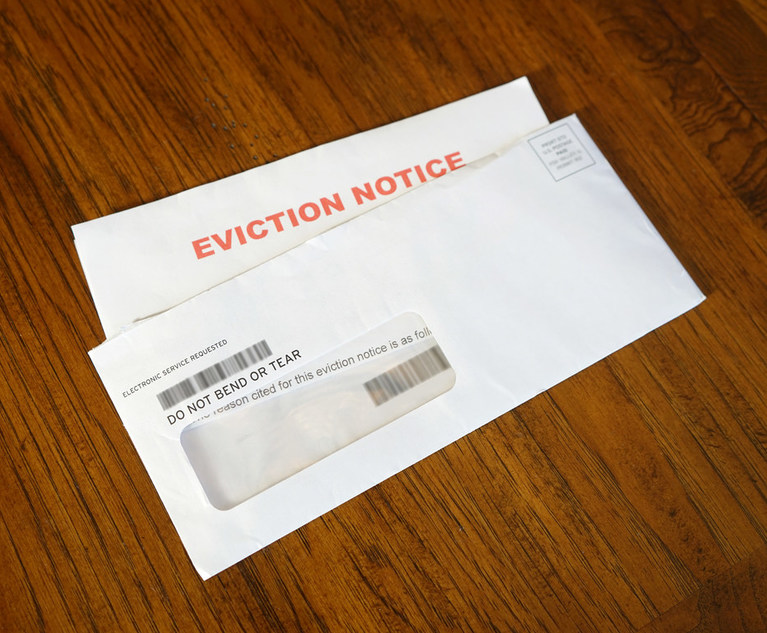As the commercial real estate market undergoes seismic shifts resulting from the rise of online retailing, the COVID-19 pandemic, the growth in work-from-home options for employees and employers, and the continuing evolution of how we do business as a nation, companies may find themselves in situations where their tenant or their landlord has filed for bankruptcy protection. Questions then quickly arise, such as if and how a landlord may evict a bankrupt tenant, whether a bankrupt tenant may remain as a lessee and continue to occupy the premises, and how to measure damages for a landlord in this situation, both before bankruptcy and going forward post-petition. The Bankruptcy Code and related case law address these points.
Under the Bankruptcy Code, a debtor has the right to elect to assume or reject executory contracts, such as unexpired leases for real property. 11 U.S.C. §365. A debtor with operations in multiple locations may, if approved by the Bankruptcy Court, assume leases for locations where the lease is affordable (in the case of a tenant debtor) or profitable (in the case of a landlord debtor), and where it makes business sense to continue the lease. The debtor may reject leases for those locations where that is not the case.


 Credit: Rick/Adobe Stock
Credit: Rick/Adobe Stock




